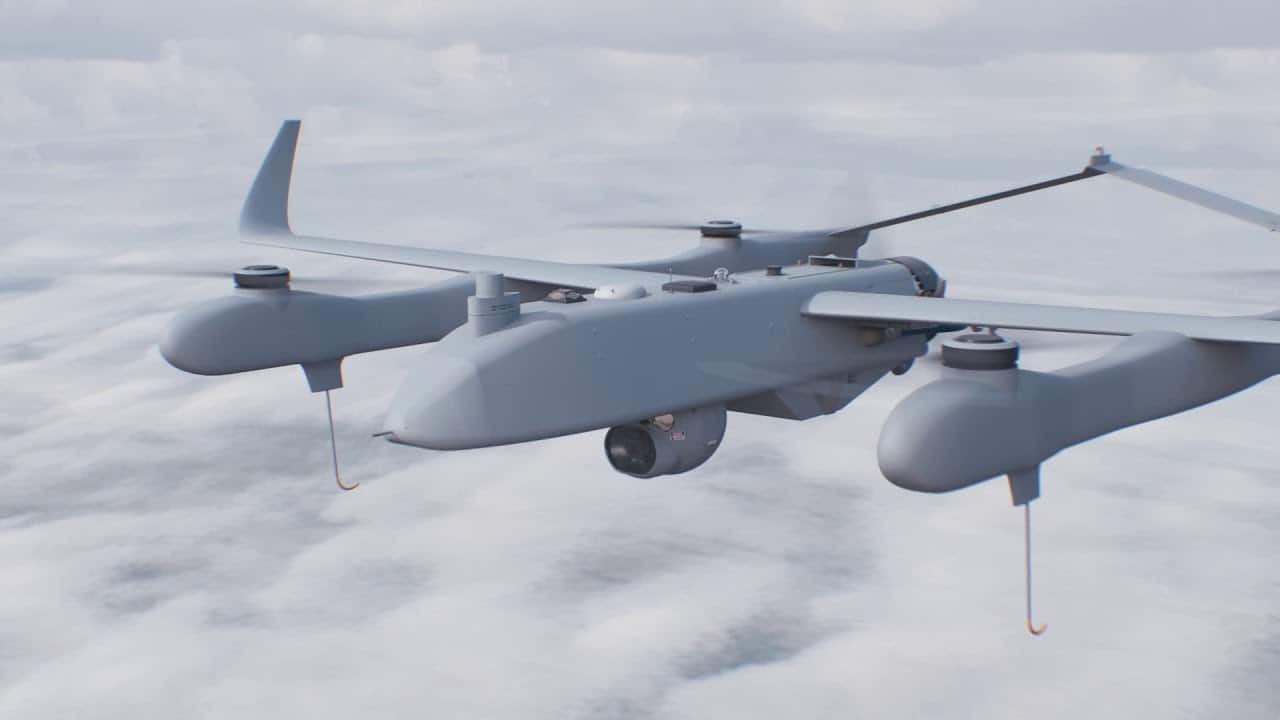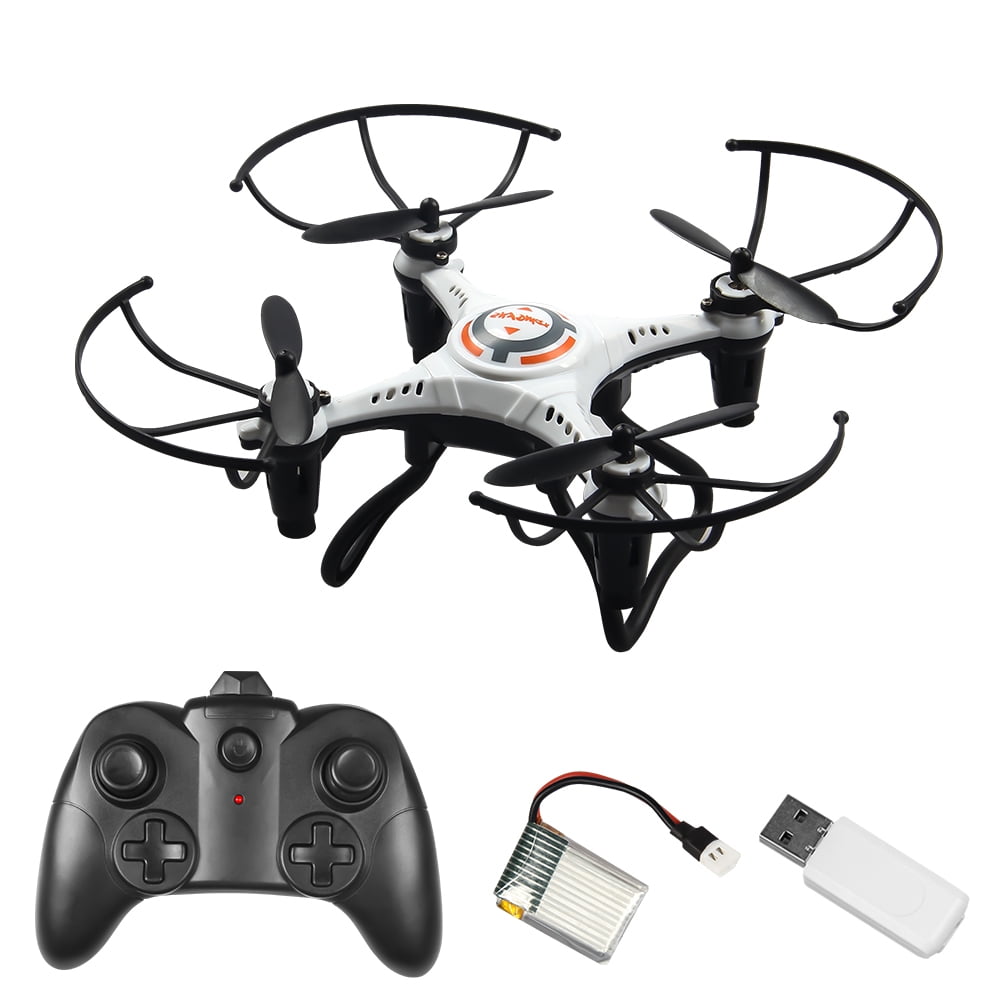

Army pursued a sophisticated small UAS defeat capability under the Low, Slow, Small UAS Integrated Defeat System (LIDS) program. In response to CENTCOM's urgent operational needs, the U.S. This why the JCO’s strategy is to pare down the number of systems to be deployed while pursuing a networked systems approach that will allow data from a variety of sensors to be shared through a single C2 structure. The tendency was for each countermeasure to have its own sensor, effector, and command and control system. military’s counter-drone capabilities are electronic warfare-type systems that use lasers or microwave-signal propagation to disrupt the communications link between user and device. When it comes to addressing the threat posed by small UASs, the Army currently relies on a hodge-podge of different capabilities, some hand-held, others mobile or fixed. Dedicated air and missile defense capabilities, such as the Patriot air and missile defense system and the Initial Maneuver Short-Range Air Defense (IM-SHORAD) system, are generally well-suited to engaging the larger, higher-flying UASs. Army is responsible for fixed/semi-fixed C-sUAS systems and the USMC for mounted C-UAS.Ĭurrently, the Army is investing in capabilities to address both the large aerial vehicle and missile threat – through the Integrated Air and Missile Defense modernization program – and the small UAS challenge under the JCO. Individual Services were assigned responsibility for unique C-sUAS portfolios: the U.S. The JCO’s primary goal is to try and create order out of the Military Services' disparate efforts and bring order by trying to align Counter-Unmanned Aerial Systems (C-UAS) technology across the military to deliver “best of breed” capability for the joint force. A Joint Counter-Small UAS Office (JCO) was stood up in January 2020, with the Army identified as the Executive Agent for the counter-small UAS (C-sUAS) effort. The Department of Defense is finally addressing the unique challenges posed by small UASs. In addition, they are extremely cheap platforms, challenging defense systems to find ways of defeating them without creating an unacceptable cost-exchange ratio. Because they generally fly low and slow and are hard to see and hear, small drones are difficult to detect, track and target. While they have limited payloads, this is sufficient to allow them to perform intelligence, reconnaissance and surveillance missions, conduct electronic warfare, and even carry sufficient explosive power to disable a vehicle or aircraft.

military and a particularly difficult problem for national security.

Small UASs pose a growing threat to the U.S. The Chinese drone maker, DJI, holds 70 percent of the global market for commercial UASs. China is the world’s leading exporter of military drones.

The Wall Street Journal estimated that by late 2019 there were more than 30,000 Unmanned Aerial Vehicles in the world, with more in development and global production capabilities growing rapidly. In 2018 defectors from the Venezuelan military attempted to assassinate the country’s authoritarian president, Nicolás Maduro, with explosive-laden, Chinese-made, commercially available drones. Non-state actors, such as the Islamic State, Boko Haram, Hezbollah, and the Palestinian Islamic Jihad, have employed UASs both to collect intelligence and attack soft targets. Armed UASs, including so-called suicide drones, have figured prominently in Libya, Syria, the Caucasus, and Yemen. military as that of “a drone saturated future.” More than 30 nations have either fielded armed drones or are developing them. One prominent Washington think tank described the challenge facing the U.S. While the Pentagon has invested significant resources to address the challenge posed by medium and large drones as part of its air and missile defense program, it is only beginning to deal with the growing danger of small drones, particularly to military vehicles and dismounted formations. This is particularly true for the explosion in the availability of small, increasingly sophisticated UASs. The proliferation of armed unmanned aircraft systems (UASs), also known as drones, presents a growing threat to maneuver ground forces, headquarters, logistics and critical infrastructure.


 0 kommentar(er)
0 kommentar(er)
